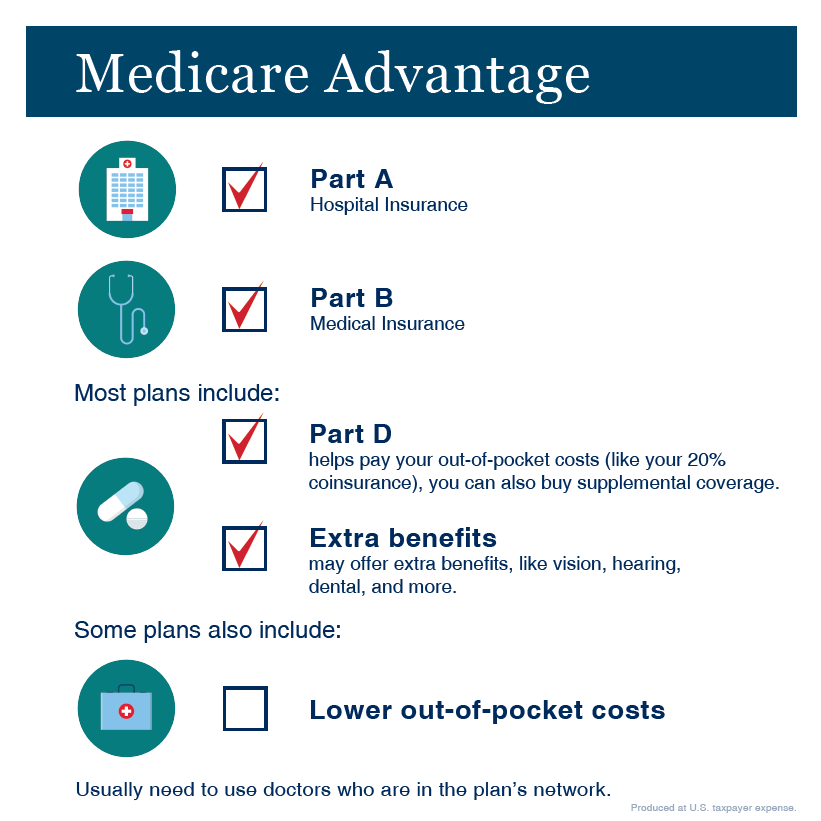Little Known Facts About Medicare Advantage Agent.
Little Known Facts About Medicare Advantage Agent.
Blog Article
Excitement About Medicare Advantage Agent
Table of ContentsWhat Does Medicare Advantage Agent Mean?The Medicare Advantage Agent DiariesAn Unbiased View of Medicare Advantage Agent

adheres to from perplexing the fairly young age profile of the uninsured with the far better health and wellness, typically, of younger individuals. This obscures the web link between health standing and health and wellness insurance. For those without accessibility to work environment medical insurance, inadequate health and wellness is a prospective obstacle to buying nongroup insurance coverage since such coverage may be highly valued, exclude pre-existing conditions, or be just not available. The variety of uninsured Americans is not specifically big and has actually not changed in recent times. 7 out of 10 participants in an across the country representative study thought that fewer Americans did not have health and wellness insurance than really do(Fronstin, 1998). Roughly half(47 percent )thought that the number of people without wellness insurance reduced or remained continuous over the last fifty percent of the last decade(Blendon et al., 1999). This drop of virtually 2 million in the number of people 'without insurance policy (a decrease
of about 4 percent)is definitely a favorable change. With a softer economy in 2000 the most recent reported gains in insurance policy protection may not continue(Fronstin, 2001 ). The decline in the number of without insurance will certainly not continue if the economy stays slow-moving and health care expenses continue to exceed rising cost of living. This is because the data were collected for a period of strong economic efficiency. Of the estimated 42 million people who were uninsured, all however regarding 420,000(concerning 1 percent)were under 65 years old, the age at which most Americans end up being eligible for Medicare; 32 million were adults between ages 18 and 65, around 19 percent of all grownups in this age; and 10 million were youngsters under 18 years old, concerning 13.9 percent of all youngsters (Mills, 2000). These price quotes of the variety of persons without insurance are produced from the annual March Supplement to the Present Population Survey (CPS), conducted by the Census Bureau. Unless otherwise kept in mind, nationwide quotes of people without medical insurance and proportions of the populace with various type of coverage are based on the CPS, one of the most commonly made use of resource of quotes of insurance coverage and uninsurance prices. These surveys and the estimates they yield are described briefly in Table B. 1 in Appendix B - Medicare Advantage Agent. These studies vary in size and tasting techniques, the questions that are asked about insurance policy
An Unbiased View of Medicare Advantage Agent
insurance coverage, and the moment duration over which insurance policy coverage or uninsurance is measured(Lewis et al., 1998, Fronstin, 2000a ). Still, the CPS is particularly valuable because it creates yearly estimates fairly promptly, reporting the previous year's insurance coverage estimates each September, and since it is the basis for a consistent collection of quotes for greater than two decades, enabling analysis of patterns in protection gradually.

The Main Principles Of Medicare Advantage Agent
Over a three-year period starting early in 1993, 72 million people, 29 percent of the U.S. populace, were without coverage for a minimum of one month. Within a solitary year(1994), 53 million people experienced a minimum of a month these details without coverage(Bennefield, 1998a). Six out of every 10 without insurance adults are themselves used. Functioning does boost the possibility that one and one's household participants will certainly have insurance coverage, it is not a guarantee. Even participants of families with 2 full-time wage earners have almost a one-in-ten possibility of being uninsured (9.1 percent without insurance price)(Hoffman and Pohl, 2000 ). The relationship between health and wellness insurance coverage and access to care is well developed, as recorded later on in this chapter. Although the relationship between medical insurance and wellness results is neither direct neither easy, a considerable clinical and health services research literature links medical insurance coverage
to better accessibility to care, better high quality, and improved personal and populace wellness condition. The 2nd report, on personal wellness results for uninsured grownups, is represented by the inner circle of the number, while the 3rd record, on family members health, includes the topics of the second record however stresses a different device of analysis, particularly, the family. The sixth record in the series will offer info about approaches and efforts carried out in your area, statewide, or country wide to address the lack of insurance policy and its unfavorable influences. Levels of evaluation for taking a look at the results of uninsurance. This discussion of medical insurance coverage concentrates mainly on the united state population under age 65 since practically all Americans 65 and older have Medicare or various other public protection.
In addition, it focuses especially on those without any medical insurance for any kind of size of time. The troubles encountered by the underinsured remain check out here in some aspects similar to those faced by the uninsured, although they are generally much less serious. Uninsurance and underinsurance, nevertheless, involve distinctly various plan problems, and the strategies for resolving them might differ. Throughout this study and the 5 reports to follow, the major focus gets on persons without medical insurance and thus no assistance in spending for health and wellness care past what is offered through charity and safeguard establishments. Health insurance is an effective element influencing receipt of treatment since both patients and doctors react to the out-of-pocket cost of services. Health and wellness insurance, nonetheless, is neither required neither sufficient to get to clinical solutions. Nevertheless, the independent and straight effect of wellness
insurance protection on access to health solutions is well developed. Others will acquire the health and wellness care they need also without medical insurance, by paying for it expense or seeking it from carriers that offer treatment cost-free or at highly subsidized prices. For still others, medical insurance alone does not ensure receipt of treatment due to other nonfinancial obstacles, such as an absence of healthcare companies in their area, limited access to transport, illiteracy, or etymological and cultural differences. Formal study about without insurance populaces in the United States dates to the late 1920s and early 1930s when the Committee on the Expense of Treatment generated a series of reports concerning funding physician office sees and hospital stays. This concern became salient as the numbers of medically indigent climbed up throughout the Great Depression. Empirical studies constantly support the link between access to care and improved health end results(Bindman et al., 1995; Starfield, 1995 ). Having a regular resource of treatment can be taken into consideration a predictor of gain access to, instead than a direct action of it, when wellness results are themselves utilized as access indicators. This expansion of the idea of gain access to measurement was made by the IOM Committee on Monitoring Accessibility to Personal Healthcare Services(Millman, 1993, p. Whether parents are insured shows up to impact whether or not their youngsters get treatment in addition to just how much careeven if the youngsters themselves have coverage(Hanson, 1998). The wellness of parents can affect their ability to take care of their children and the level of family members tension. Stressing over their youngsters's accessibility to care is itself a source of anxiety for moms and dads. Three phases adhere to in this record. Phase 2 supplies an introduction of just how employment-based health insurance, public programs and private insurance plan run and interact to give considerable however insufficient protection of the united state populace. This consists of an evaluation of historic trends and public plans influencing both public and exclusive insurance coverage, a discussion of the interactions amongst the various kinds of insurance, and an evaluation of why individuals relocate from one program to one more or wind up

Report this page